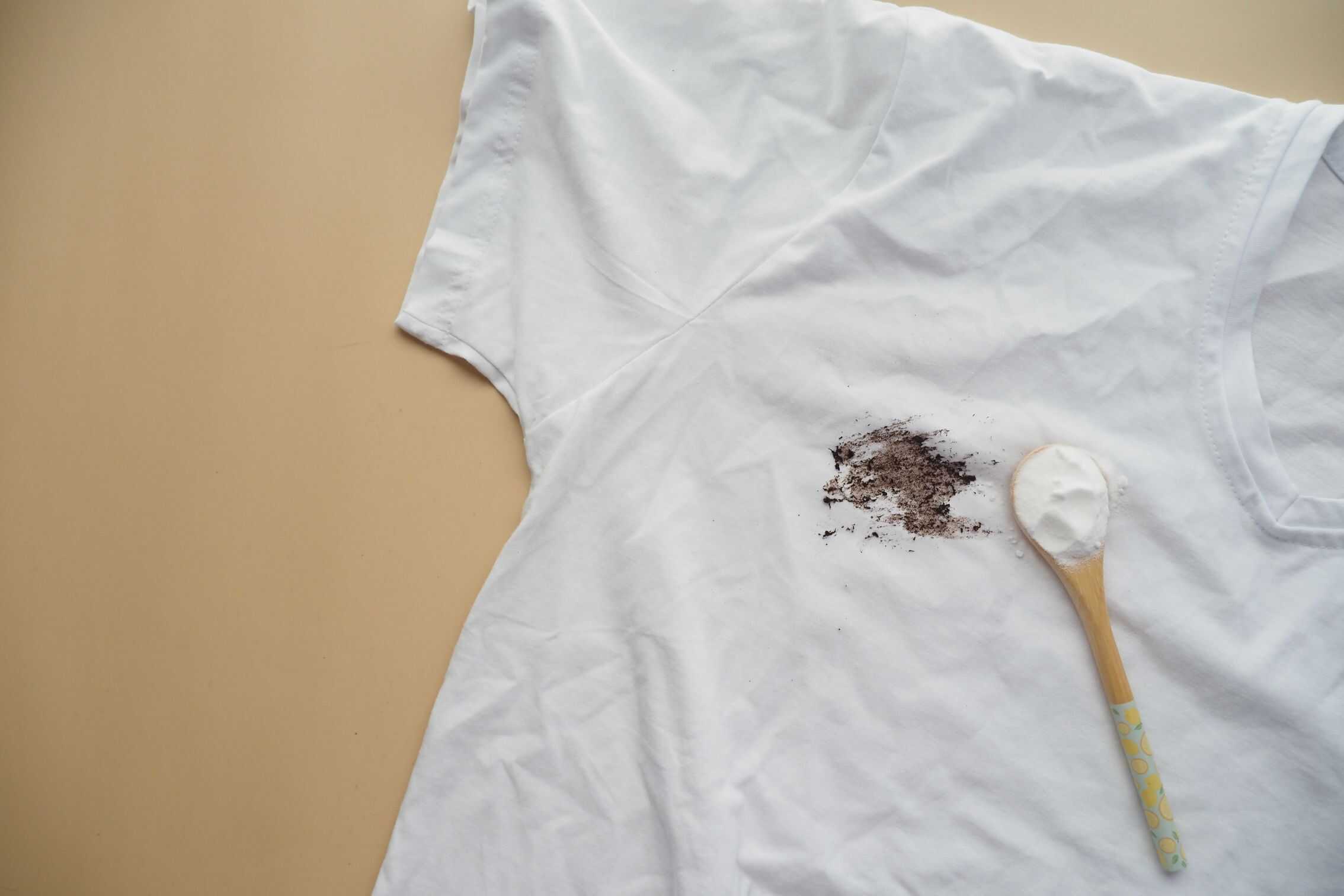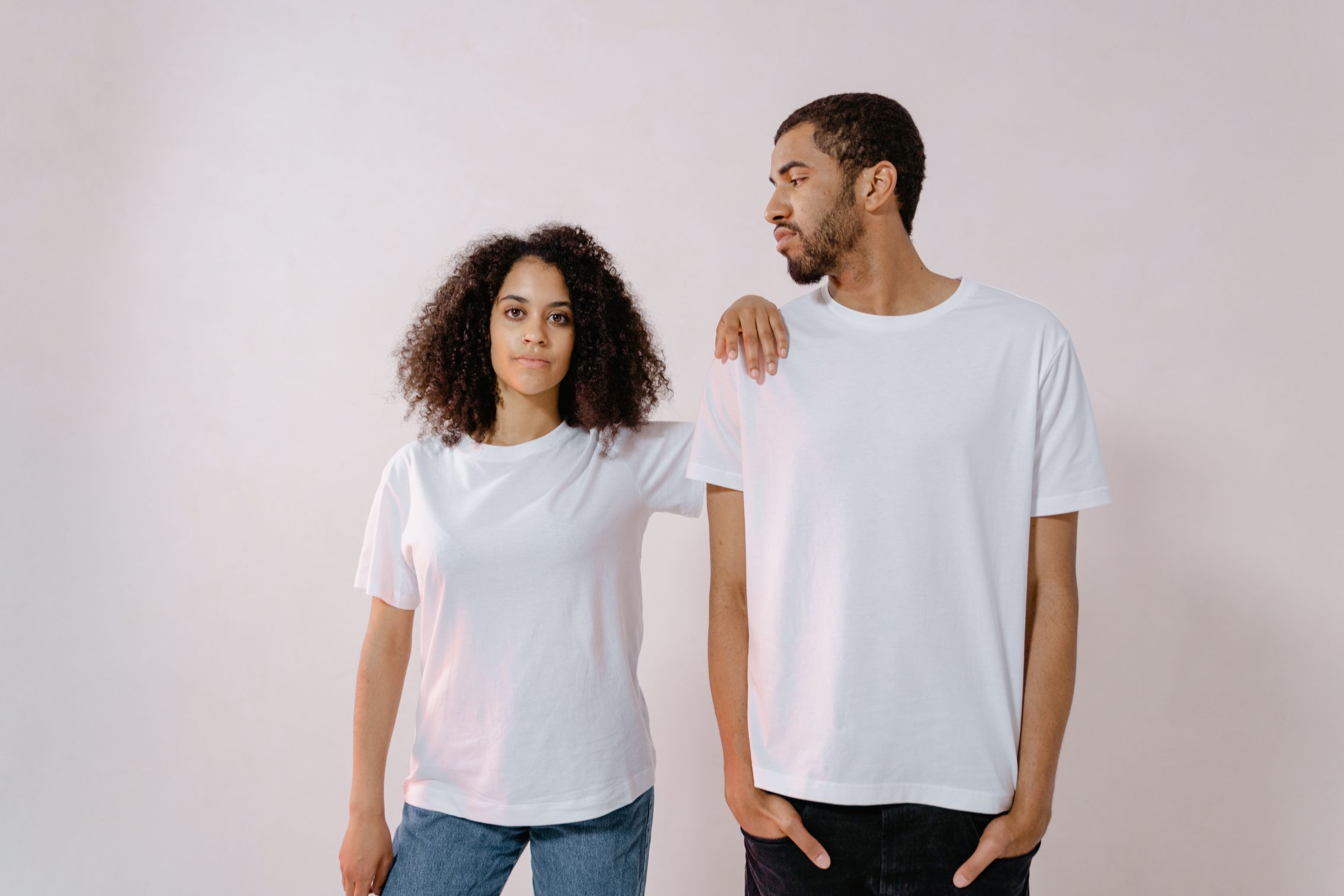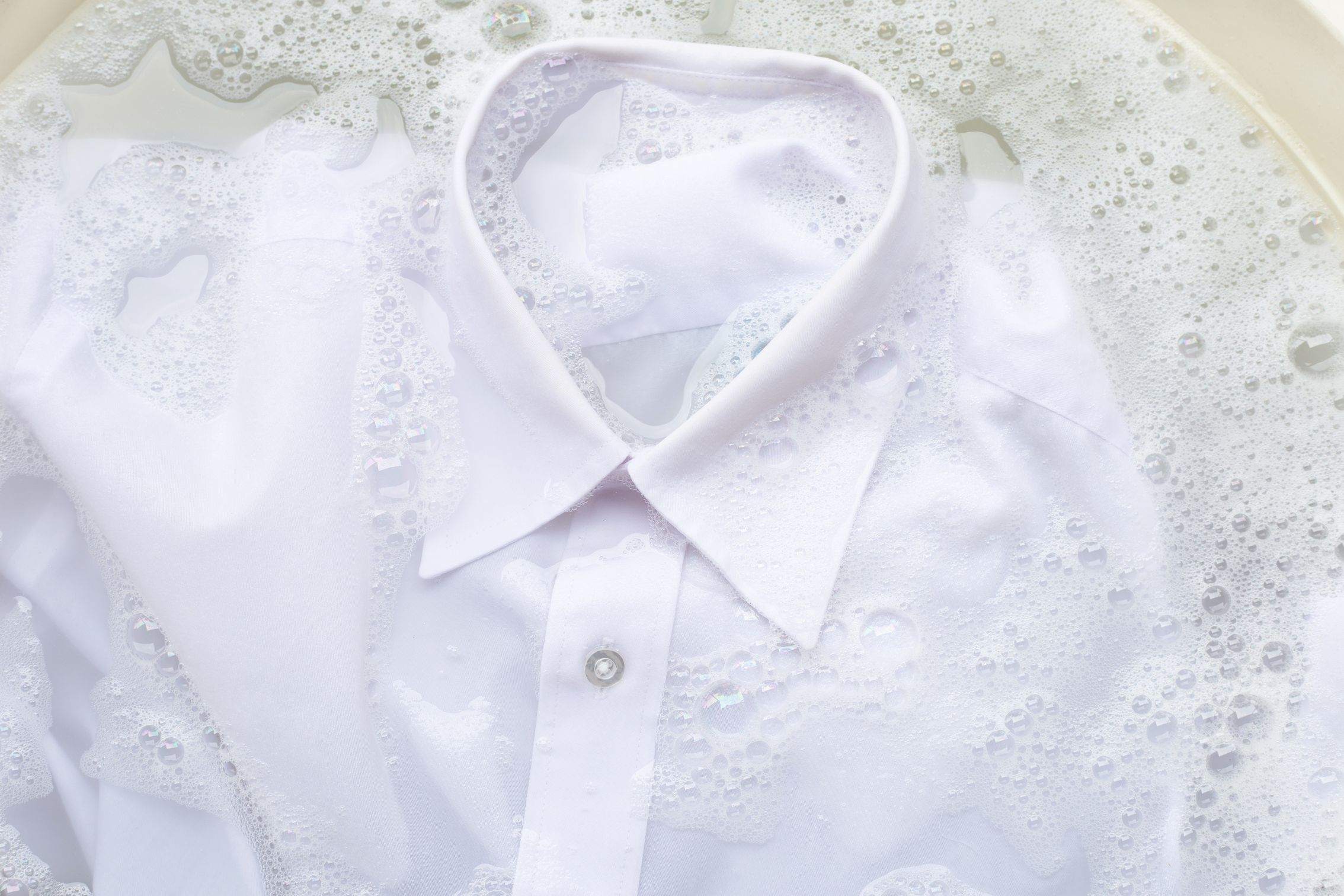Items You Can Recycle
– Tips and Resources for Aussies
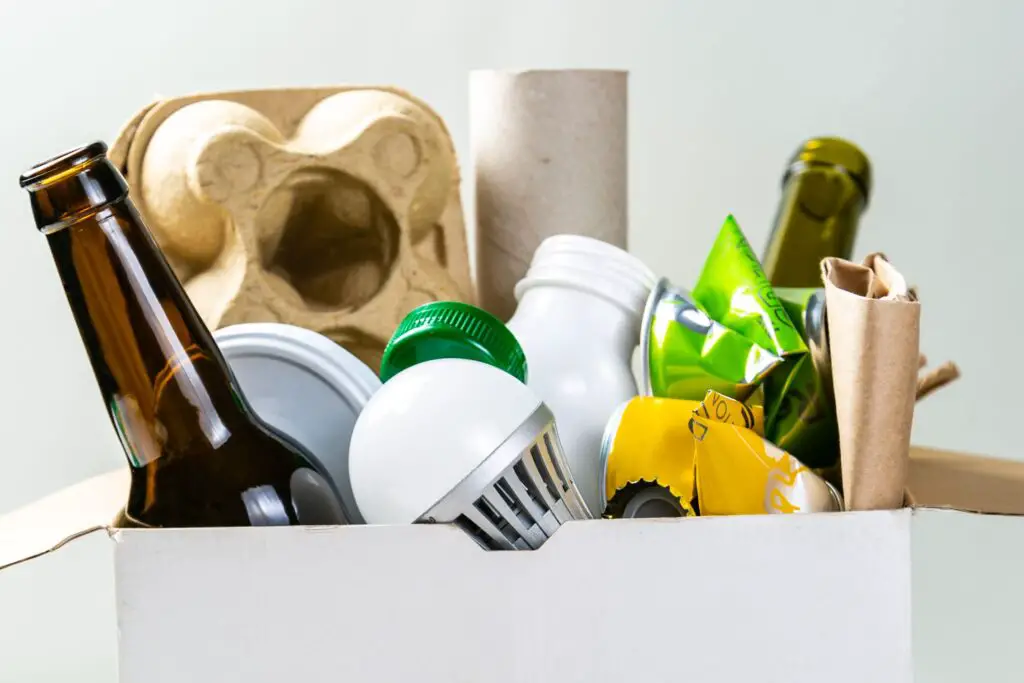
This post was last updated in 2024. P.S If you end up taking some of this information and sharing it on your social media platforms please let your followers know where you got your information from. A lot of work goes into this and I would love it to reach more people.
Ah, recycling.
We all know the issues – rules differ from council to council, access to recycling alternative items tends to vary and the recycling world is ever-evolving. Things that once could never be recycled are now recyclable. Which is a great thing.
But it can leave you wondering – can I recycle this or do I have to throw it away?
If you have landed on this blog post, I assume that you want to know what you can or can’t recycle.
In short, it is well known that items like paper, glass, aluminium, steel and plastic are recyclable through our household recycling bin. But you can also recycle items like metals, clothing, shoes, toys, electronics, stationery, batteries, mattresses, beauty product packaging and much more.
So much more.
If want to know more this blog post has you covered. Here I cover:
In the section on items to put in your recycling bin, you will find tips that address many questions people have about recycling paper, glass, steel, aluminium and plastic.
In the section about extra items, you will find several tables that summarise typical household items that you can recycle. You might discover something you didn’t know.
It’s so important to know what can be recycled so you don’t throw away something of value.
So let’s get into it 🚀
Items you can put in your recycling bin
Typically you can put paper, glass, aluminium, steel and plastic in your yellow recycling bin. However, across Australia there can be variations in what specific items you can put into your recycling bin and what condition they should be in, in particular when it comes to plastic.
And there are a few things you need to keep in mind when it comes to paper, aluminium and steel. Because nothing is simple when it comes to recycling!
But I’m hear to simplify it for you 🙂
Firstly, mixed materials can not go in your household recycling bin.
To clarify: you can put a mixture of paper, glass, plastic etc in the one yellow recycling bin. However, the item you are placing in the bin can not be made from a mixture of materials.
Pots and pans for example can not go your recycling bin. They are often made from a mixture of metals and are unlikely to be made from 100% pure steel or aluminium.
Paper that has been used in a craft project and has stickers, glue, bits of plastic etc on it can’t be recycled. So that needs to stay out of your recycling bin.
You get the idea.
If you don’t know what material your item is made from, it’s best to assume it’s made from a mixture of materials and keep it out of the recycling bin.
On the flip side, don’t worry too much about small amounts of contamination. I have looked into recycling process and can confirm that small amounts of contamination (whether it be plastic or food) are fine – but small amounts. Nothing excessive.
No hard and fast rule I can give you there – use your judgment on what you consider is or isn’t excessive!
Here is some specific information to help you in your recycling journey:
Now this is true for those in most metro areas.
I am not across the different facilities available in regional areas so you could take this with a grain of sale. Even within metro areas, things can differ, so I am not saying the information above is true no matter where you are located. But it should steer you in the right direction in most cases.
And if you are not sure, check with your council. They have waste management officers who are there to answer your questions.
Or check out the resources I mention below for more guidance.
Extra items you can recycle in Australia
As mentioned, items like paper, glass, aluminium, steel and plastic are commonly recyclable through our household recycling bins. But other items like clothing, shoes, metals, batteries, electronics, styrofoam, toys, soft plastics and various other materials can be recycled when sent to the right place.
Recycling through your household recycling bin was covered above.
As for the other items that can be recycled, the items I mentioned above above only scratches the surface.
In the tables below I have listed various household items that can be recycled and where possible, I have provided links that will help you work out what you need to do to get the item recycled.
1. Items collected in retail stores
This first list covers items for recycling that need to be taken to a physical store. Further information on the services offered can be found by clicking on the links in the table:
- Computers & laptops
- Monitors
- Keyboards & Mice
- Printers & Scanners
- Cables, chargers & power supplies
- Motherboards
- Cables and chargers
- Printer cartridges and ink cartridge recycling
- Mobile phone assessories
- Pens
- Felt tip pens
- Highlighters
- Markers
- Mechanical pencils
- Correction tape
- Liquid paper
- Fountain pens and ink cartridges
- CDs, DVDs, USBs and hard drives
- Batteries
- Toys**
- Wetsuits
Priceline/ Sephora/ Mecca / David Jones / L’Occitane
- Beauty Products Packaging
- Glass bottles
- Pumps, caps and droppers
- Mascara tubes, wands and eyeliners
- Lip products
- Palettes and compacts
- Athletic Lifestyle Shoes
- Any Sports Branded Shoes
- Thongs And Slides
- Football Boots
- Leather Sports Shoes
- Hiking Boots
- Sneakers
- Trainers
- Runners
- Golf Shoes
- Gumboots
- Coffee cups
- ewaste
- Appliances
Note: Its not stated on their website but JB does accept these items in store (at least my local does!). There is a home pick up option offered through their partner ecoavtiv, however depending on where you live and your item, their may be a fee involved.
2. Items collected by specialist recyclers
The second list are items that can be recycled when taken to a specialist recycler.
- Deck coatings and floor paints
- Interior and exterior architectural paint
- Packaging
- Primers
- Sealers
- Stains and shellacs
- Undercoats
- Varnishes and urethanes (single components)
- Wood coatings
Various items:
- Fluro lights
- Mattresses
- Styrofoam
- Tyres
- X-Rays
- Large appliances
- Smaller appliances
- Cars and car parts
- Copper pipes and copper wires in electronics
- Aluminium windows and doors
- Brass fixtures (like doorknobs), ornaments and musical instruments
- Stainless steel sinks and fixtures
- Iron furniture and structural materials
- Lead pipes, flashing and gutters
- Cooking utensils, pots, pans and bowls
- Tools, nuts and bolts
- Jewellery made from precious metals
For paints and metals, I have provided a link to blog posts that will give you more information about where to go to drop off these items.
Unfortunately, when it comes to the “various items” listed above it would be way too difficult for me to list where you can find these services. You will need to do a Google search on “xxxx recycling near me” and see what appears.
Better still, check out the Recycling Near You website (more on that below).
3. Items to send to TerraCycle
The third list are items that can be recycled through TerraCycle. But the catch is for some of these items you will need to pay for a collection box. And it can get pricey:
- Beauty Products and Packaging
- Bottle caps
- Coffee Capsules
- Disposable Gloves
- Masks
- Shipping Materials
- 3D Printing Materials
- Rigid Plastic Cups No. 6
- Action Figures
- Art Supplies
- Baby Food Pouches
- Baby Gear
- Bath and Shower Accessories
- Binders
- Cigarette Waste
- Cleaning Supplies and Accessories
- Coffee and Tea Accessories
- Coffee Bags
- Contact Lenses/Packaging
- Corks
- Diaper and Wipe Packaging
- Dining Disposables and Party Supplies
- Drink Pouches
- Ear Plugs
- Empty Blister Packs
- Filters
- Garden Products
- Glue Sticks & Bottles
- Hair Nets and Beard Nets
- Hard Hats
- Laminated Paper Packaging
- Latex Gloves
- Name Tags and Lanyards
- Nitrile Gloves
- Office Supplies
- Oral Care Waste and Packaging
- Personal Care Accessories
- Pet Food Packaging
- Pet Products (non-food)
- Plastic Cards
- Plastic Packaging
- Power Strips and Cords
- Protective Eyewear
- Shoes and Footwear
- Small Audio Equipment
- Snack Wrappers
- Sporting Goods
- Straws
- VHS Tapes
- Vinyl Gloves
- Wrapping Paper and Gift Waste
However, there are some items that can be recycled for free through Terracycle either in-store (as noted below) or by ordering a free postage label and posting it to Terracycle. More details on that can be found here:
- ACURE Free Recycling Program
- Burt’s Bees Recycle on Us
- RECYCLE IN-STORE Chemists’ Own® Blister Pack Free Recycling Program
- Colgate Oral Care Free Recycling Program
- Dish and Air Care Free Recycling Program
- Garnier Green Beauty Free Recycling Program
- Gillette Razor Free Recycling Program
- GLAD® Food Care Free Recycling Program
- RECYCLE IN-STORE Havaianas Free Recycling Program
- RECYCLE IN-STORE Kiehl’s Recycle and Be Rewarded Program
- L’OR, Moccona, illy, Campos & Jed’s Capsules Free Recycling Program
- Latex & Foil Balloon Free Recycling Program
- Lavazza Capsules Free Recycling Program
- RECYCLE IN-STORE Maybelline Greener Together Free Recycling Program
- MooGoo Skin Care Free Recycling Program
- NESCAFÉ® Dolce Gusto® Capsule Free Recycling Program
- Olay Free Recycling Program
- Open Farm Pet Food Bag Free Recycling Program
- RECYCLE IN-STORE Royal Canin Free Recycling Program
- Schwarzkopf Cares Hair Aerosol Free Recycling Program
- Schwarzkopf Cares Hair Care & Colour Free Recycling Program
- Sukin Free Recycling Program
- SCHOOLS ONLY BIC’s Best in Class Free Recycling Program
- Territory Pharmacy Blister Pack Free Recycling Program
4. Items to send to dedicated collection companies
Lastly, there are dedicated collection companies that can recycle the following items:
Clicking on the links above will take you to blog posts I have covering these topics. There you will find instructions on what to do to recycle clothing and underwear.
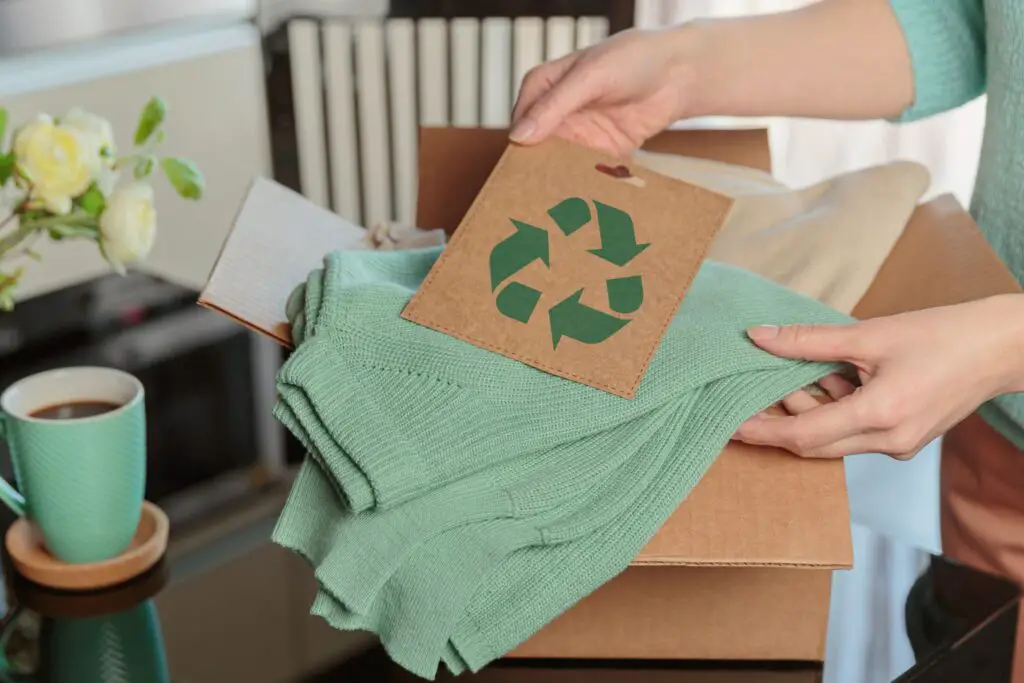
By no means are these lists exhaustive – there are other (more obscure) items that can be recycled, for sure.
This is a list of items I thought the general person would be most interested in seeing.
Also I have not covered certain conditions and rules around some of these items. For example, styrofoam has to be clean and not all toys can be recycled. Or some beauty products can be recycled while others can’t.
It would be a VERY long blog post if I went into all the ins and outs of recycling the items listed above. However, the links I have provided above will provide the information you need.
And if you are curious about an item not covered here, let me know in the comments.
Resources to help you recycle better
There are a couple of different resources you can rely on to determine whether something is recyclable. You can refer to ARL labels, Planet Arks Recycling Near You website as well as blog posts by researchers, like myself, which can steer you in the right direction.
1. Australasian Recycling Label (ARL)
For most items that you can buy at a supermarket, the packaging has an ARL label. This label will tell you whether or not the packaging can be recycled.
While each council is different in what can/can’t go into recycling, the ARL labelling guidelines are true for 80% of the councils out there, so you won’t be led too far astray by following their instructions.
This is how the labels look and how to interpret them:
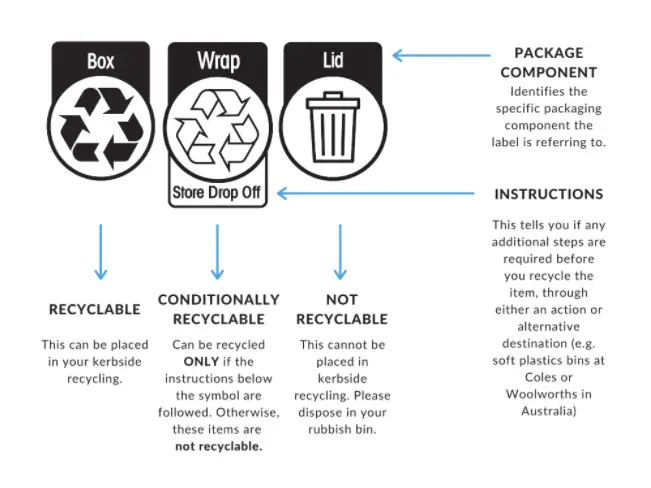
Look at the back of your packaging and you will see a label like this. It is the easiest way to know whether an item is recyclable or not, taking a lot of guesswork out of the process.
More information can be found here: https://recyclingnearyou.com.au/arl/
2. Recycling Near You Website
The ARL labels exist for items that are sold through supermarkets. For everything else, I would rely on the Recycling Near You website.
This resource is great and covers many household items.
It not only tells you whether or not your item is recyclable but it documents reuse options and gives you information specific to your local area.
And it also covers local household recycling rules. This is handy because as mentioned multiple times – councils differ in what they do and don’t accept.
The best way to find information specific to your council is to go to the main page here, enter your suburb or postcode and select your local council. Then you will get an easy-to-understand list of items that can go in your yellow recycling bin.
The reel below demonstrates shows you how useful this can be:
Word of warning – Planet Ark relies on councils, organisations and members of the public to ensure the information on their website is up to date. I have found minor errors for my council area.
Furthermore, when it comes to items that need to go elsewhere for recycling, the list of potential recyclers is also out of date.
So I often conduct my own research to find out where to go to recycle an item. Hence the benefit of…
3. Blogs and Google
It is very tempting to tell you to just Google it.
I promise you that’s not what I am suggesting here.
But I would use blog posts like these and resources like Recycling Near You to get an idea of what type of items can be recycled. Once you know that, then you will need to go to Google to find a recycler near you.
Also, I rely on blog posts to learn the ins and outs of recycling a particular item and how to get the item to someone that can recycle it.
Unfortunately, my experience has been many websites give information to an American or general information to an international audience. Very few that give information specific to an Australian audience.
Which is why I find myself documenting these things through my blog posts.
So, hope this blog post has helped you answer the question “can I recycle this?”
Now, one final note – this blog post was focused on recycling options only, not reuse options. If your items are still fit for use or have components/materials that can be reused, reuse is the way to go.
And there are many options for reusing a lot of the items I have listed in the tables above. Different organisations will take the items you no longer want and find a new home for them.
But that’s for another blog post!
Until then, keep exploring these options because it is through these conscious choices, we can collectively work towards a more sustainable future 🌎
xxx Tahsin

